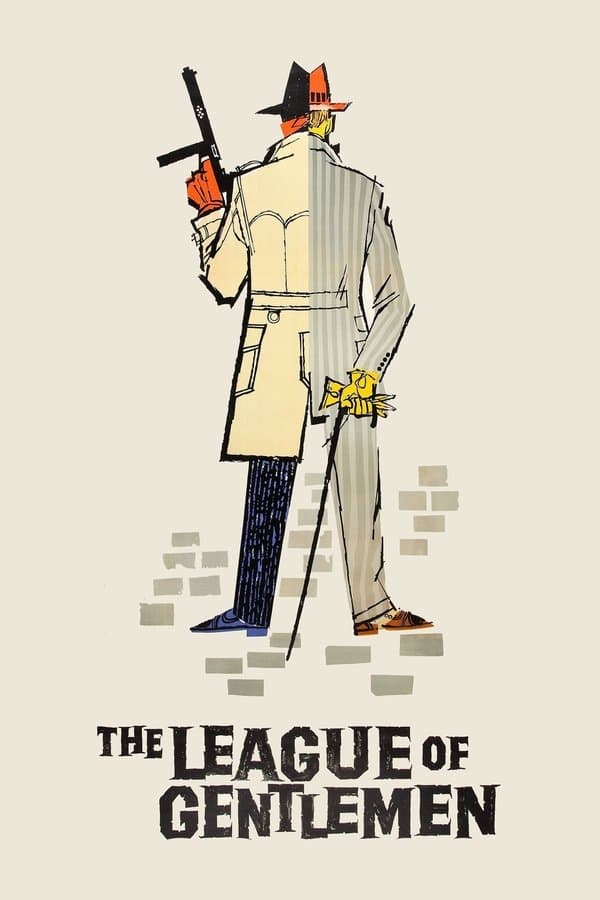
The League of Gentlemen
1960 • Comedy, Crime • NR
Involuntarily-retired Colonel Hyde recruits seven other dissatisfied ex-servicemen for a special project. Each of the men has a skeleton in the cupboard, is short of money, and is a service-trained expert in his field. The job is a bank robbery, and military discipline and planning are imposed by Hyde and second-in-command Race on the team, although civilian irritations do start getting in the way.
Runtime: 1h 56m
Why you should read the novel
Before you press play on the 1960 film, discover John Boland’s original novel The League of Gentlemen. The book delivers sharper psychology, richer moral tension, and postwar social insight that a brisk movie can only hint at. If you’re searching for a smart, character-driven heist story, the novel is the definitive starting point.
Boland’s prose lets you inhabit each disgraced officer’s mind, turning a clever caper into a layered study of loyalty, pride, and purpose. Readers who love British crime fiction, classic heist novels, and the thematic depth behind the action will find the book more immersive and rewarding than the screen version.
Looking for where to begin? Seek out The League of Gentlemen by John Boland in paperback or ebook from bookstores and libraries. For fans comparing book vs movie, this elegantly written source material offers the complete experience—ideal for collectors of mid‑century crime, noir enthusiasts, and thoughtful thriller readers.
Adaptation differences
Tone and focus shift notably. The film favors a brisk, witty, and stylish caper rhythm, while the novel leans darker and more psychologically probing, with a cooler, more cynical look at postwar Britain and the uses of military discipline in civilian life.
Characters are streamlined for the screen. The adaptation consolidates and renames some figures, trims domestic threads, and replaces interior monologue with visual action and dialogue. On the page, motivations and moral doubts are more explicit, and the shifting power dynamics inside the “league” feel edgier and less tidy than the film suggests.
Structure and planning detail differ. The novel devotes substantial space to logistics, procurement, and rehearsal, building tension through methodical preparation and procedural obstacles. The film concentrates this material into cleaner set pieces and a single, centerpiece robbery sequence, prioritizing pace and clarity over the book’s incremental, pressure‑cooker buildup.
The endings and thematic emphases diverge. The movie aims for a neater, ironic closure suited to a caper film; the book leaves a stronger aftertaste of unease and moral ambiguity. Class friction, institutional critique, and the costs of repurposed military expertise register more forcefully in Boland’s narrative than in the adaptation’s sleeker, entertainment‑forward approach.
The League of Gentlemen inspired from
The League of Gentlemen
by John Boland










